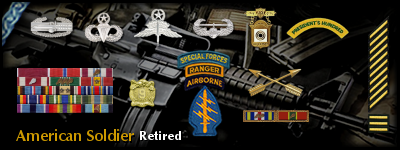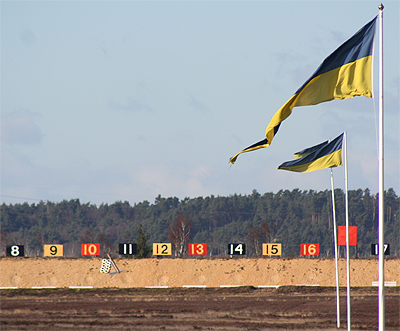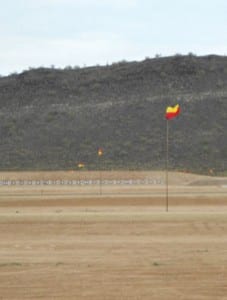Morning gents,
I;ve got a rnage day coming with about 120 various rounds to test through my .308 and had a few questions I was hoping y'all could help with. Wind flags, havnt founda good source to buy has anyone made any and how? Also Multiple flags, if Im shooting at 600yds how many flags do i want, where, and how do i factor different readings off flags? Do i average the reading out? I have been using shooter ready for over a year now, i understand the simulated flags they use, but keyword is simulated of course.
I ask because the range i shoot at is lined with trees to the east and has a large berm on the west and the wind, I have been told is pretty screwy down there, if I imagine this as a basin filling with water trying to track wind path it looks like youre filling it through a sieve with a few holes plugged. Any help is appreciated
I;ve got a rnage day coming with about 120 various rounds to test through my .308 and had a few questions I was hoping y'all could help with. Wind flags, havnt founda good source to buy has anyone made any and how? Also Multiple flags, if Im shooting at 600yds how many flags do i want, where, and how do i factor different readings off flags? Do i average the reading out? I have been using shooter ready for over a year now, i understand the simulated flags they use, but keyword is simulated of course.
I ask because the range i shoot at is lined with trees to the east and has a large berm on the west and the wind, I have been told is pretty screwy down there, if I imagine this as a basin filling with water trying to track wind path it looks like youre filling it through a sieve with a few holes plugged. Any help is appreciated









1.jpg)
